JFC-1100 Sputter Coater Pics
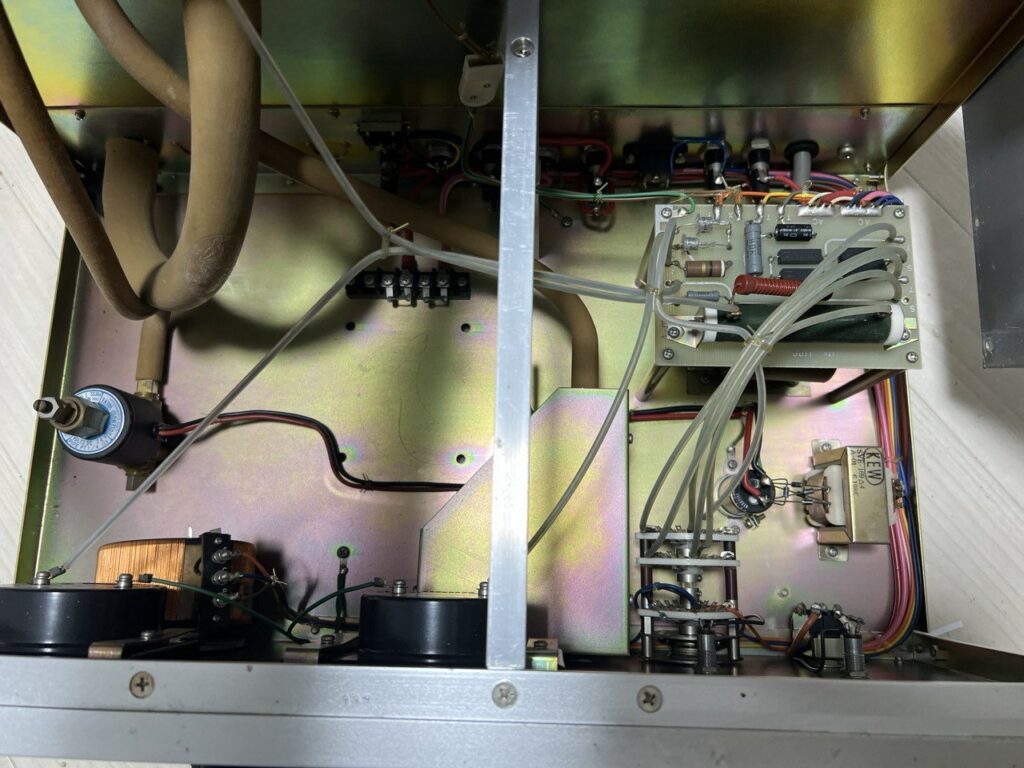

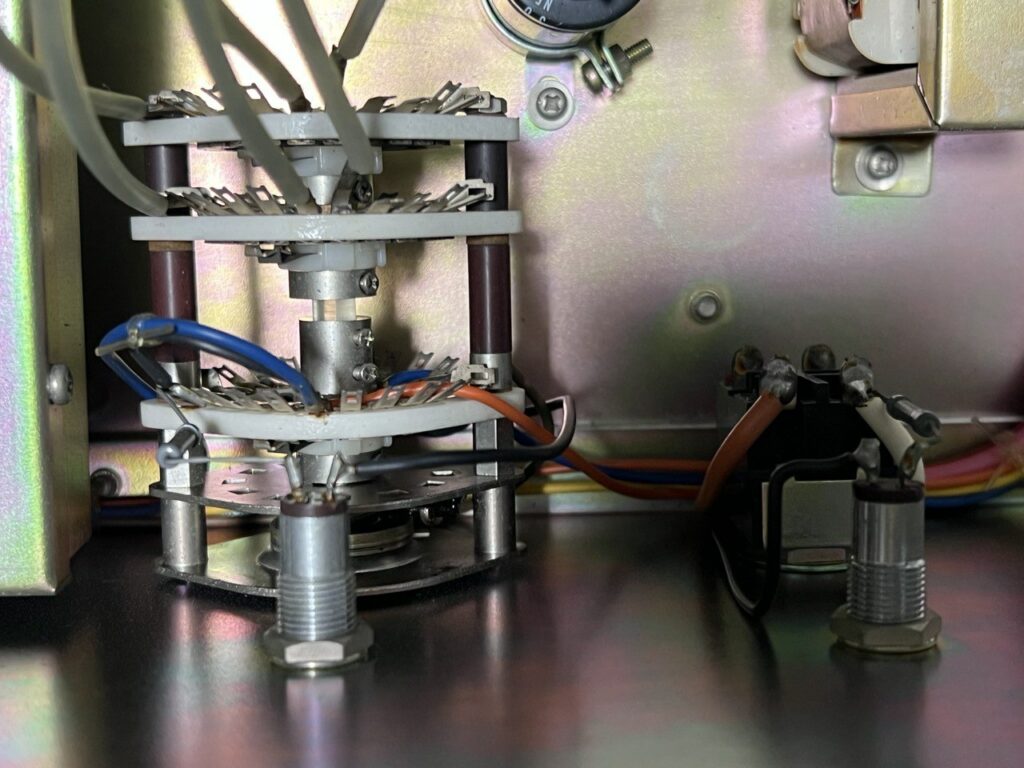
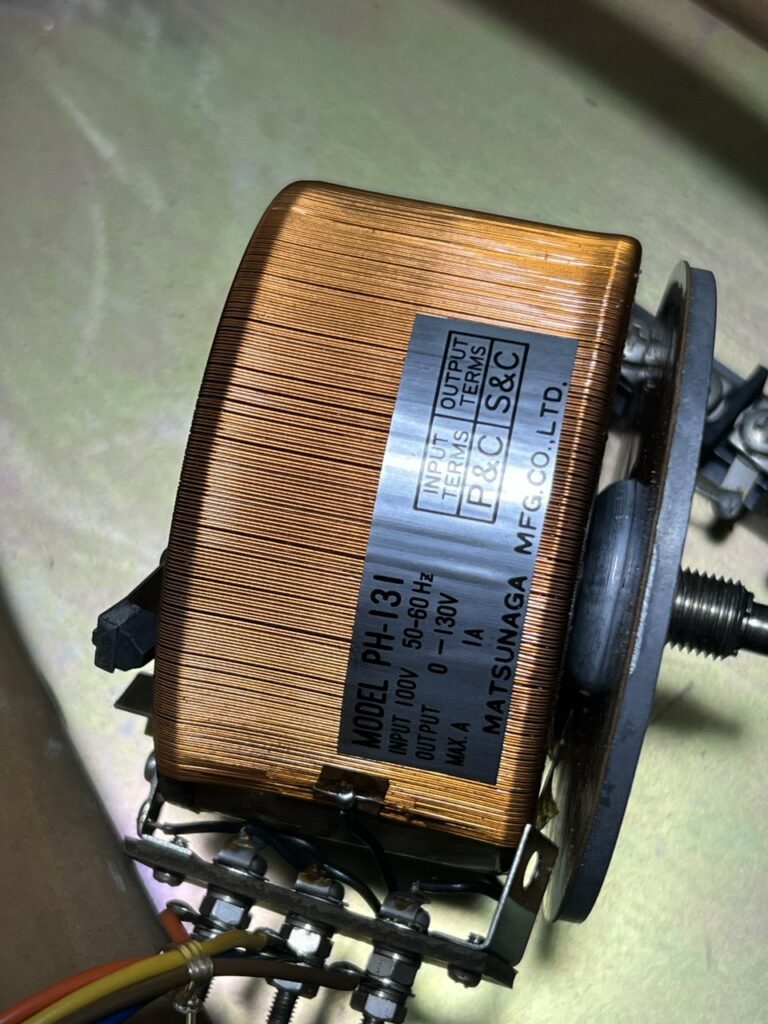

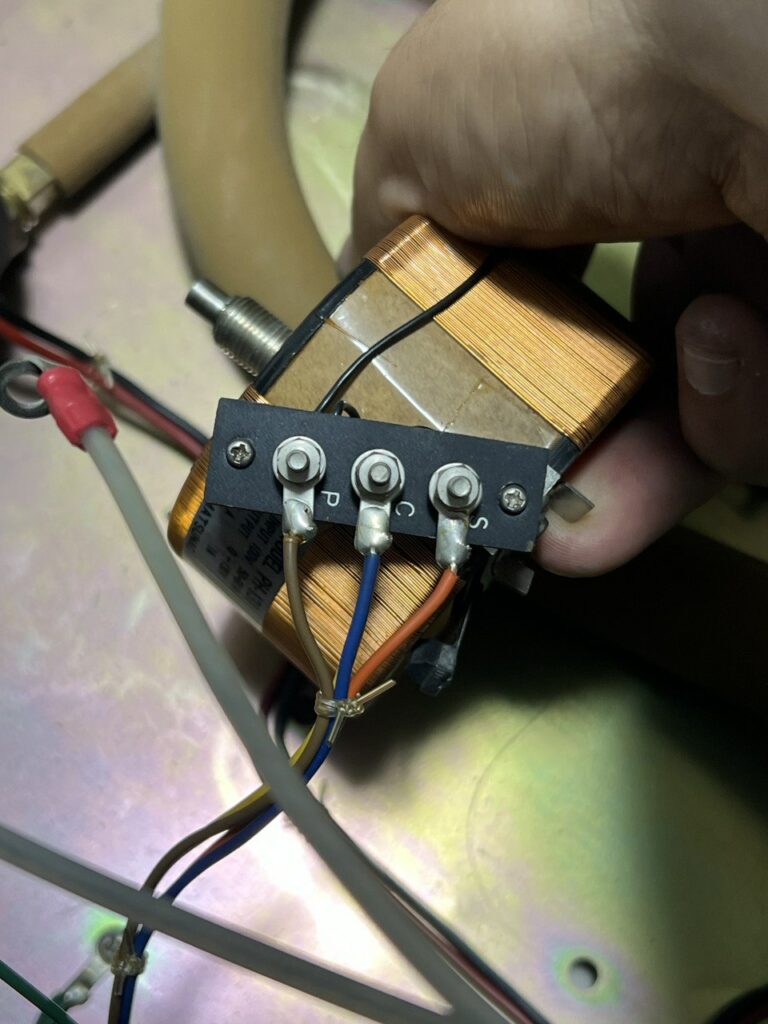
My contribution to the increasing entropy, and eventual heat death of the universe
The TC600 Turbo pump takes a 24V input. The remote interface also uses 24V signaling. However, this is not derived from the 24V input.
Rather the TC600 seems to use a N channel transistor in combination with a UC3845, transformer and capacitor (marked 1 in the diagram below) to create an isolated AC supply which is then rectified (somewhere) and then regulated down to 24v by the marked LM317:
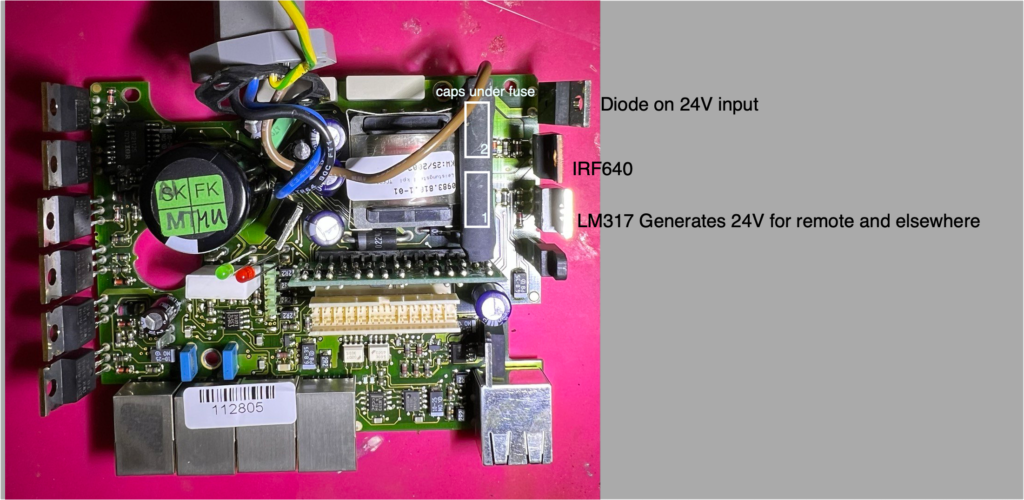


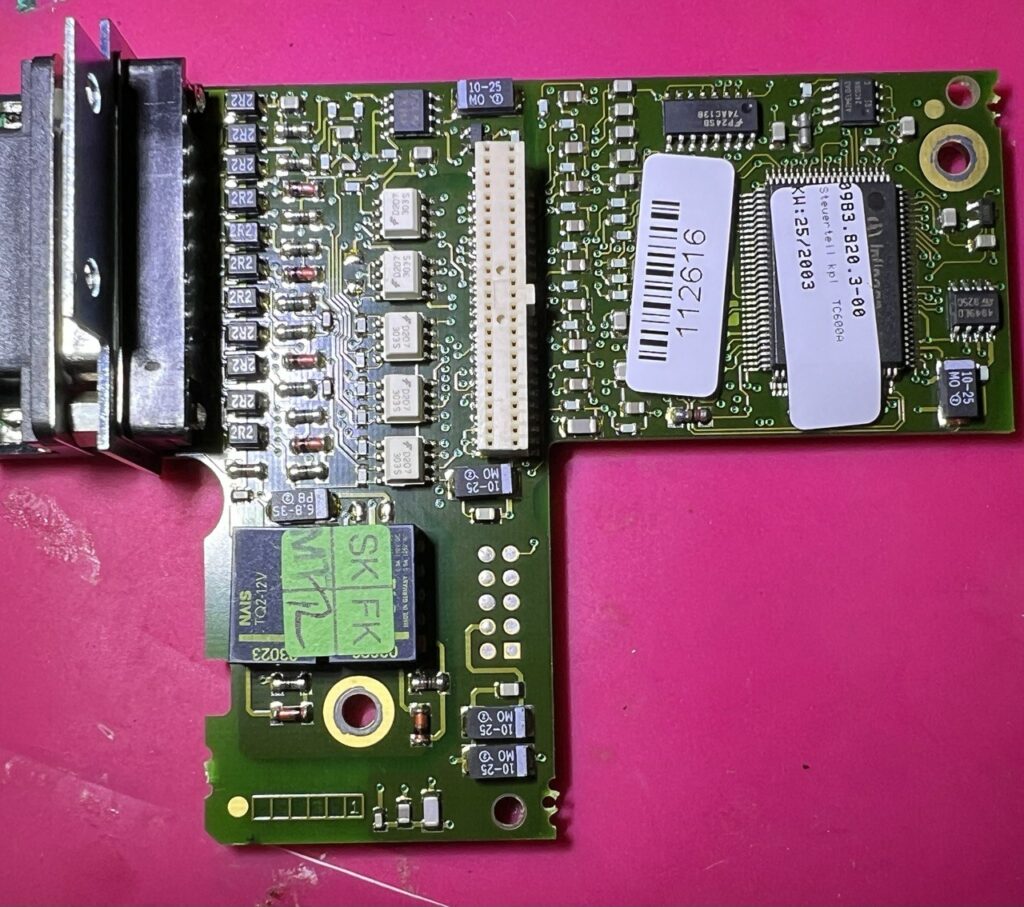

Digikey CSV With almost all parts required for lower board (aside from resistors, some transistors)
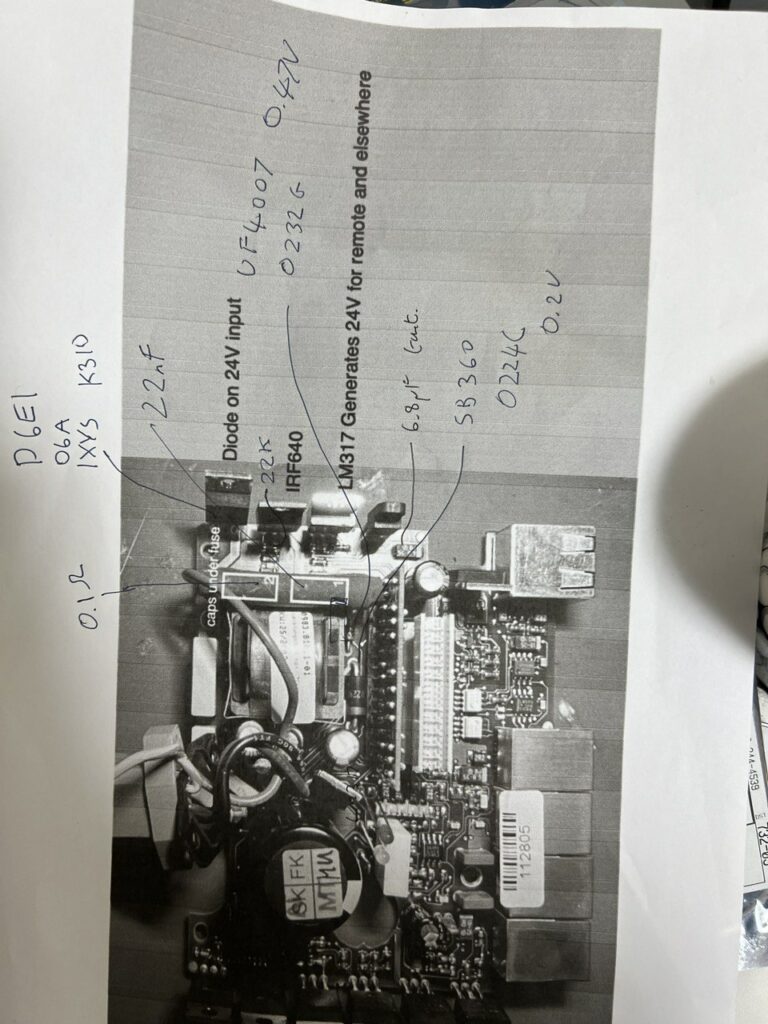
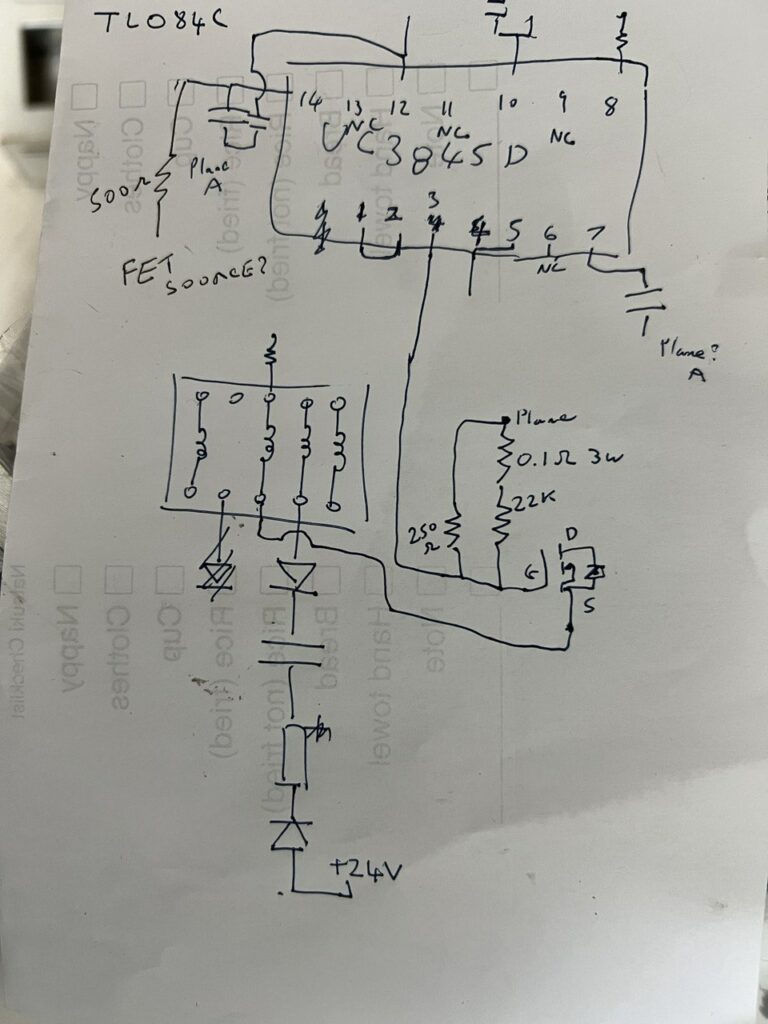
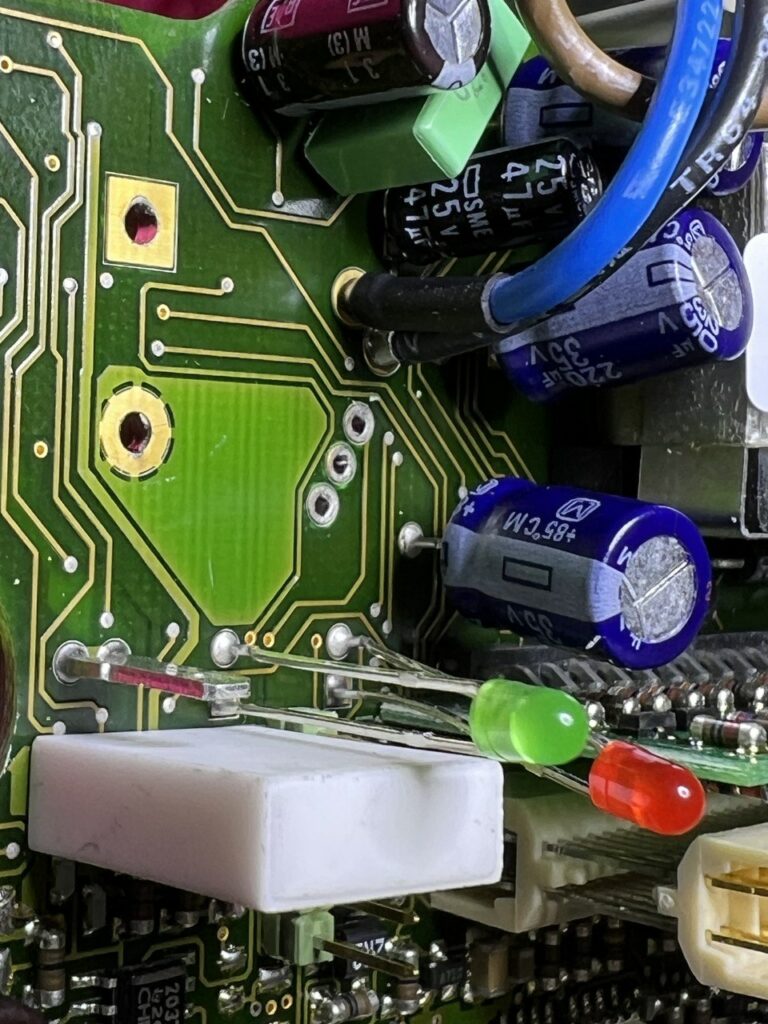
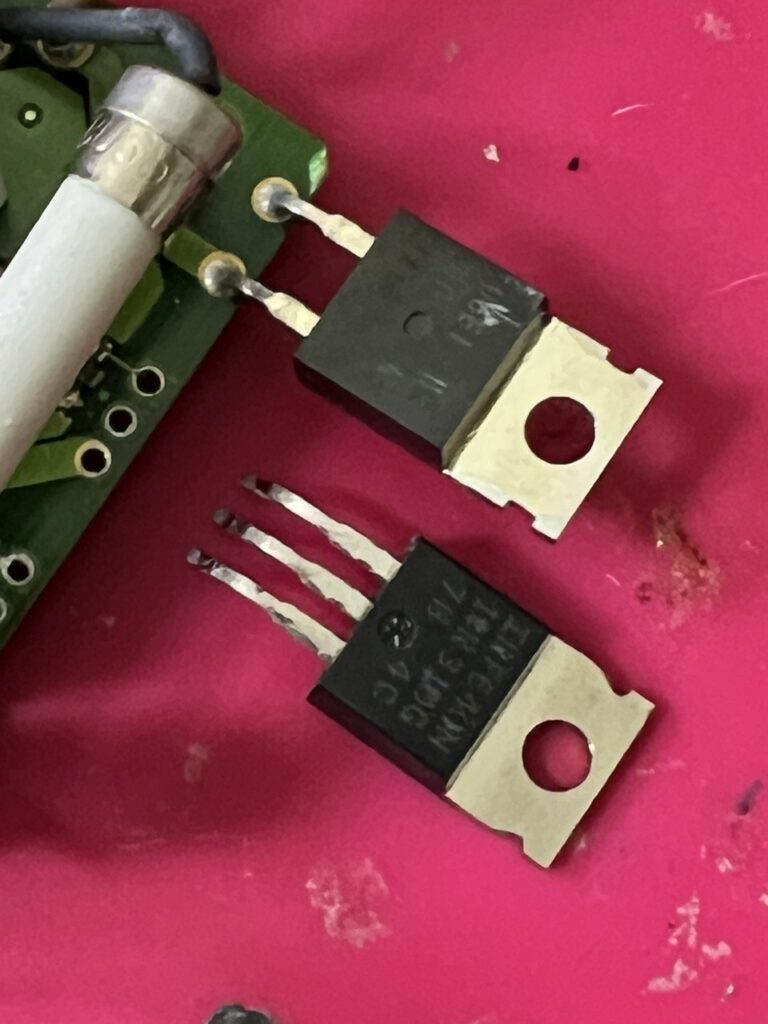
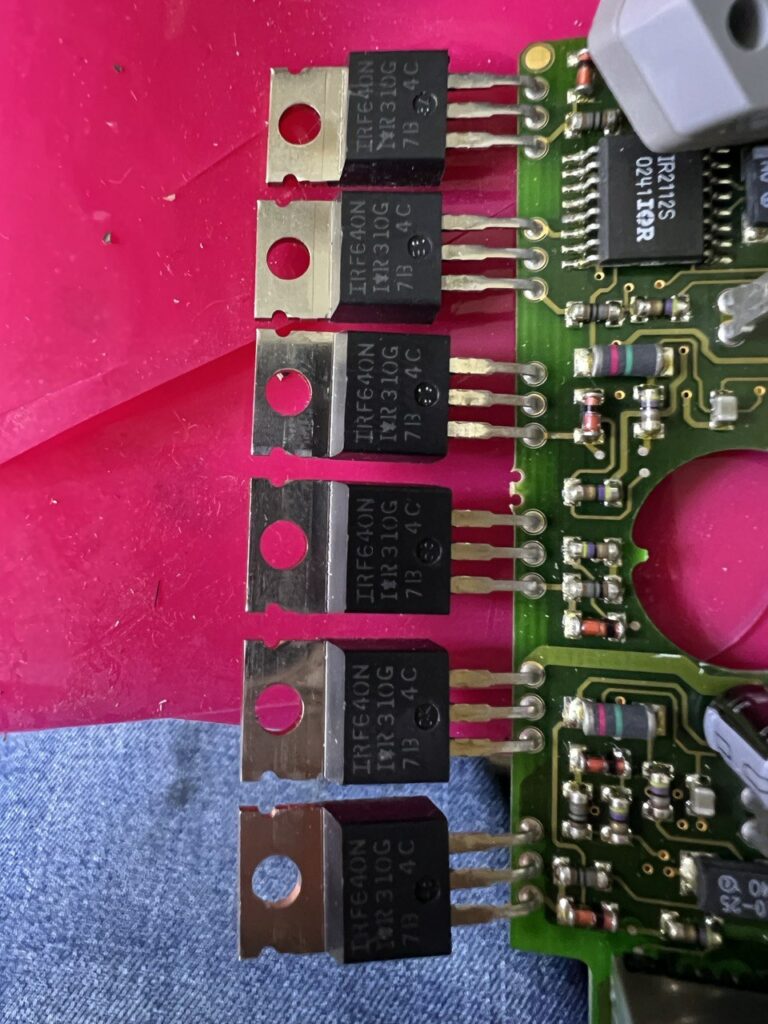
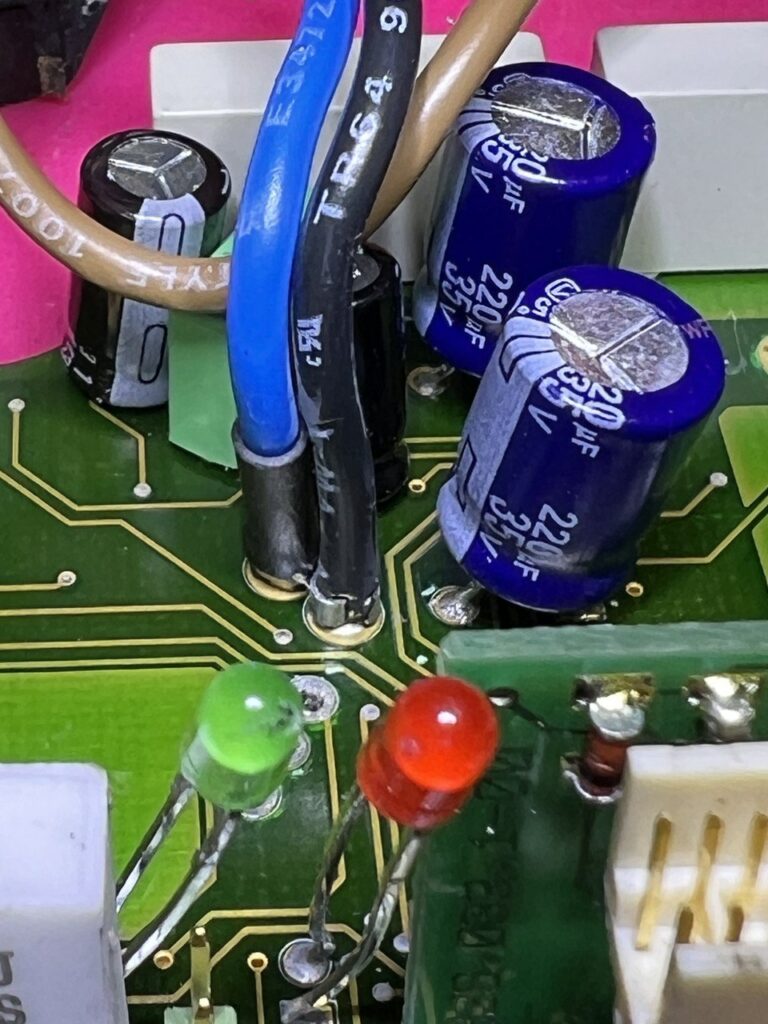
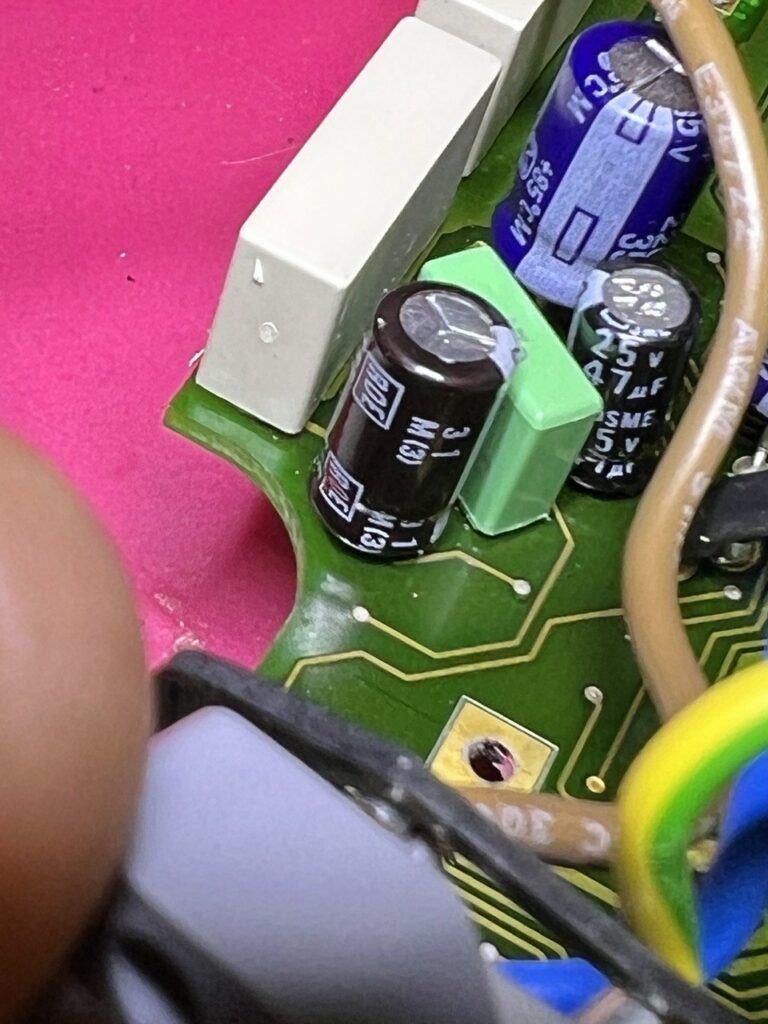
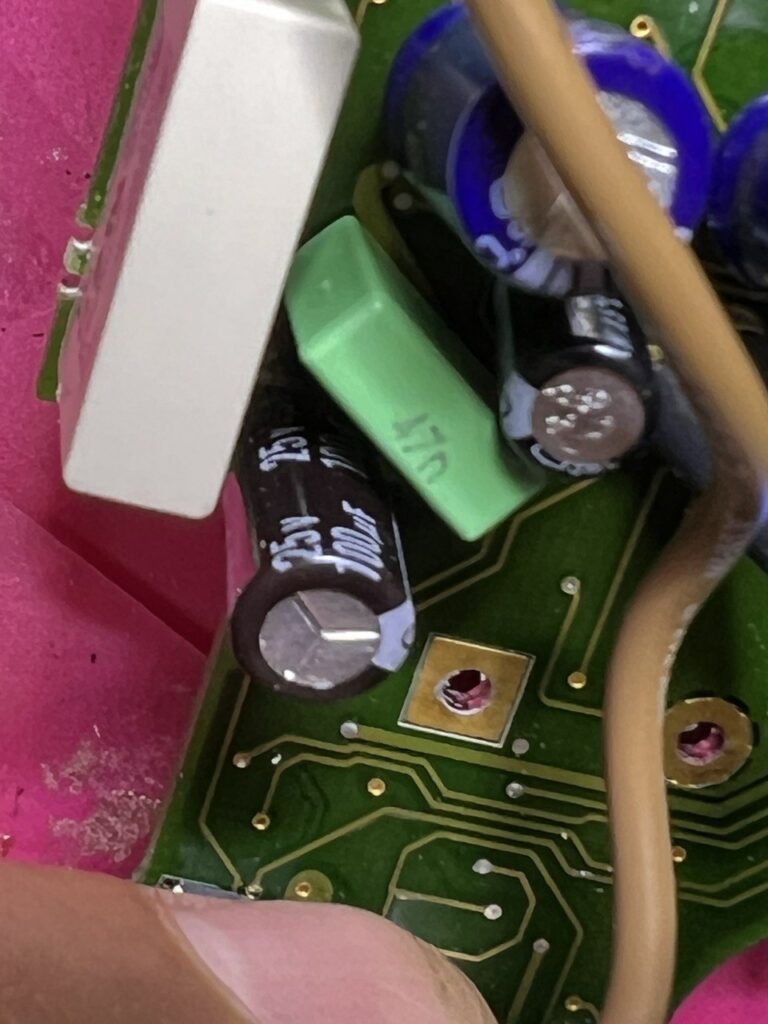
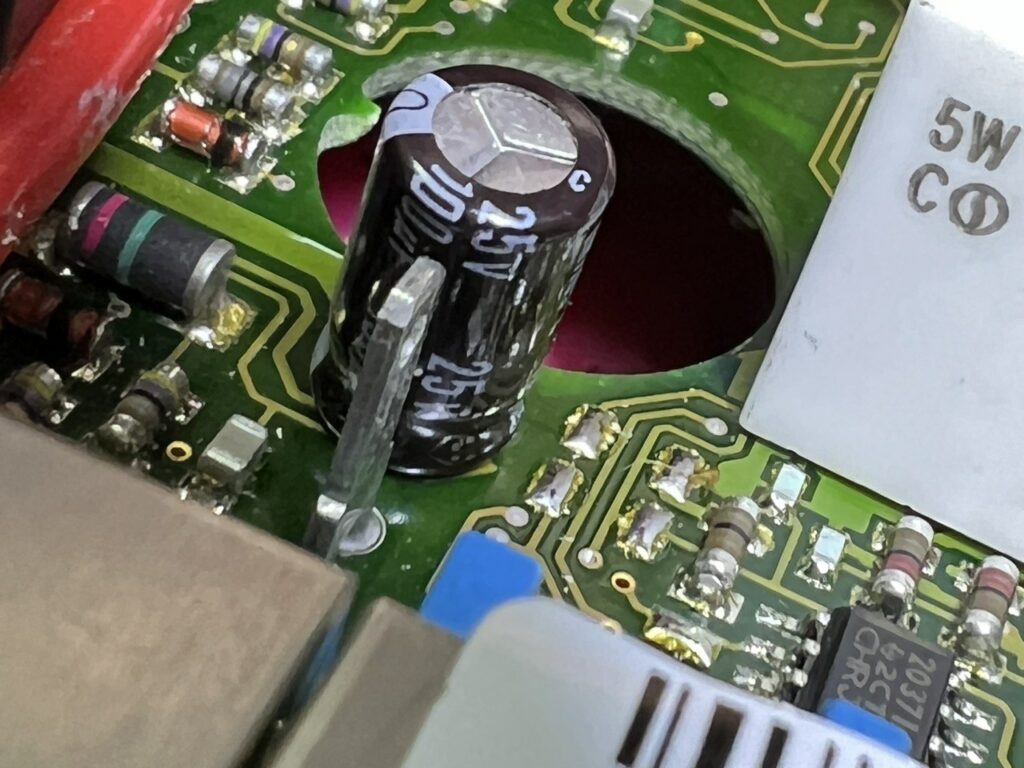
I recently got my VE7800 back online. I’m pretty impressed it “more or less” survived sitting alone and unloved for several years and then a “not quite as gentle as I would have liked” road trip.
So unsurprisingly it didn’t come up when I went to turn it on. This posts documents a few things about the VE7800 for future reference before I forget them.
When I turned on the SEM it fired up the roughing pump (this is electrically directly attached to the SEM) for about 10 seconds. The unit then starts beeping and one of the lights (I think the vacuum light, flashes).
I talked to Adam over at Nanographs. Adam suggested that I check out the roughing pump first by capping it off and seeing if it went for gurgling to humming. I did this and it seemed fine. I also picked up a Pirani gauge at auction and measured the pressure generated by the pump. This was ~0.05 mbar.
I also started poking around in the SEM to see if I could find a pressure readout from the internal Pirani or other pressure gauge. I couldn’t find any time varying signal at all. I checked all the test points I could find. All the connectors. Tried measuring the current on various connectors… nothing.
After some discussions with someone who owns a VE9800 it seems the VE*800 (VE7800 VE8800 VE9800) don’t have pressure gauges! The only way the instrument seems to have of determining the system pressure is checking to see if the turbo molecular pump has reached its set point.
So I began investigating the turbo (voltages measured are documented in a previous post). The turbo driver was indeed not showing the correct output. Also, the power LED was not illuminated. So, I remove the turbo controller from the system and attempted to debug/repair (this is still in progress). But at the same time I found the same model on controller (attached to a different model turbo) on eBay for a few hundred USD. So I picked this up.
Switching the turbo driver over fixed the issue and the SEM came up cleanly. The turbo connection to the SEM is documented my previous post, the analog motor speed line is not connected to the SEM at all. So it can only be monitoring if the motor reaches it final speed… it should be easy to fake out these signals if you want to check that the turbo has an issue.
One other small note. If the software gives the error “Viewport is open” (in Japanese). It appears to mean that the optical port on the front left of the SEM is not securely closed. So check that!
There are a few other things it would be interesting to follow up on, firstly there seems to be a header that looks like it might just possibly, maybe be a serial header. This could provide more diagnostic information.
I’d also like to add a Pirani gauge to the main chamber to give me an idea of what’s going on and a heads up on any minor leaks within the vacuum system.
The system doesn’t check that the roughing pump is connected, or that rough vacuum is achieved before starting the turbo. It just like waits maybe a second? after attempting to power up the roughing pump and then starts the turbo. This means that if someone has tired to turn the system on without the roughing pump connected the turbo will just have been powered up at atmosphere. I don’t know if this will damage the turbo or not.
The roughing pump seems to run continuously while the system is in operation. I don’t know if this is normal or not. But it does mean that you can get some vibrational noise coupled in from the roughing pump.
There is a valve on the roughing pump. So the SEM can isolate it (and does I believe when you turn off the unit).